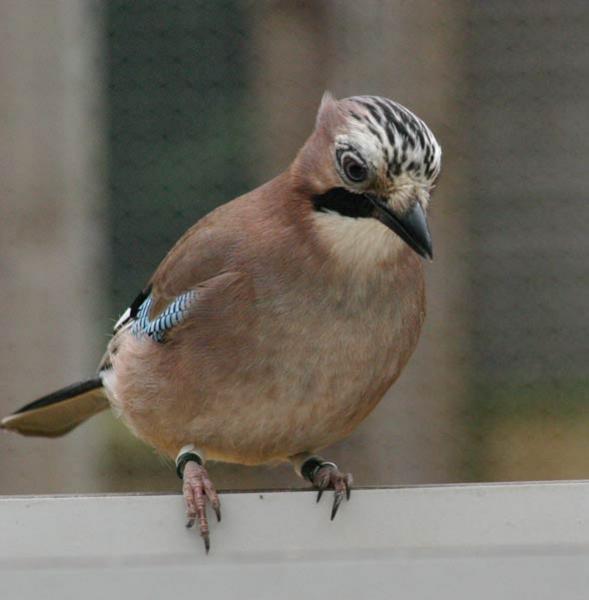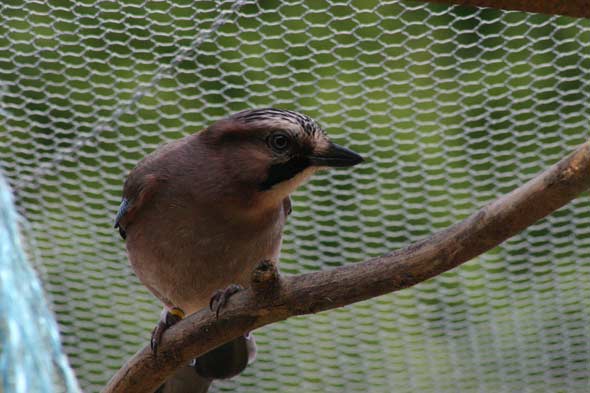The Cambridge Animal Alphabet series celebrates Cambridge's connections with animals through literature, art, science and society. Here, J is for Jay – a surprisingly clever corvid with the ability to mimic human voices and much more.
The Cambridge Animal Alphabet series celebrates Cambridge's connections with animals through literature, art, science and society. Here, J is for Jay – a surprisingly clever corvid with the ability to mimic human voices and much more.
Scroll to the end of the article to listen to the podcast.
Jays are corvids – members of the crow family. The jays we see in Britain are Eurasian jays. With their pinkish plumage, and characteristic flash of blue, they will be familiar to many people as woodland birds that are increasingly seen in gardens, even in cities.
Professor Nicky Clayton (Department of Psychology) has carried out pioneering research into the thinking power of corvids. Her observations have revealed these crows to be extremely clever. In Aesop’s Fables, the wise old crow drops pebbles into a pitcher of water to raise the level and allow her to drink. Clayton’s work has revealed that real-life crows can, if they need to, use pebbles in just this way.

Corvids, including jays, cache (hide) food so that they can retrieve it later. They know who’s watching them and they also show the ability to plan ahead. Perhaps even more remarkably, corvids share their food. Male corvids even show the ability to understand what foods females prefer and will bring their mates tasty titbits.
We don’t think of corvids as song birds but current research is just beginning to reveal that they are skilled mimics, able to reproduce familiar sounds. As the accompanying film shows, a jay called Romero enjoys mimicking Clayton when she talks to him in one of the Cambridge University aviaries where she and colleagues are transforming our understanding of bird cognition.

These are just a few of the reasons that Clayton describes jays and other members of the crow family as ‘feathered apes’ – a term that challenges the ways we think about intelligence in the animal kingdom.
Clayton has been fascinated by birds ever since, as a young girl, she watched them in her garden. Her research into bird cognition has always run in parallel with her passion for dance. “It was the movements of birds that first drew me to them,” she says. “I wanted to know what they were doing, how they move and how they think.”
Next in the Cambridge Animal Alphabet: K is for a bird that has biologists, physicists and materials scientists working together to unravel the secrets behind its spectacular colour effects.
Have you missed the series so far? Catch up on Medium here.
Inset images: Eurasian jays (Ljerka Ostojic).

The text in this work is licensed under a Creative Commons Attribution 4.0 International License. For image use please see separate credits above.




